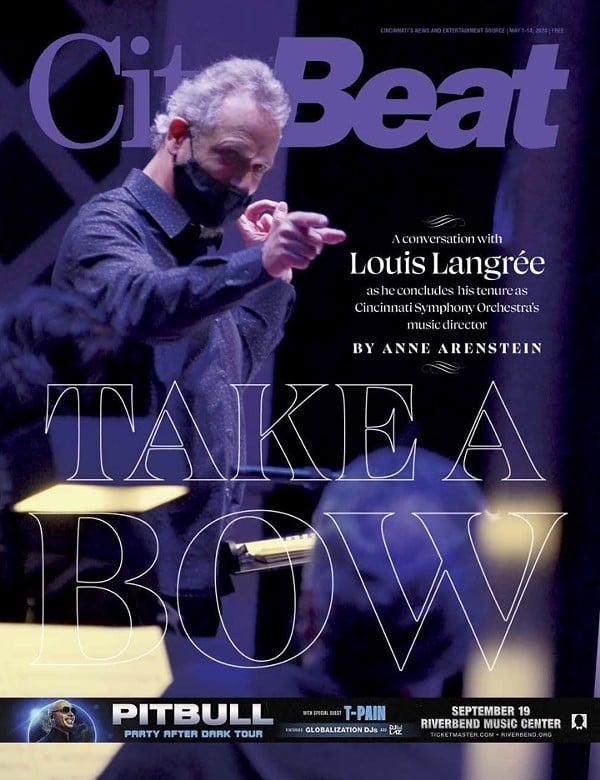|
For this first installation of "Cincitecture," a monthly column that highlights Cincinnati's architectural heritage, we're taking a journey to the West Side. The significance of THE DIEHL HOUSE is not necessarily conveyed through its architectural style or façade, but through its story and history, neither of which are evident to the naked eye. While it has lain vacant for years, its most recent owners were the Unnewehr family. Yes, Reds fans, this is Marge Schott's childhood home.
Aside from its connection to this notorious Cincinnatian, the Diehl House is also evocative of efforts in neighborhoods such as Over-the-Rhine to salvage and give new life to Cincinnati's historic properties. Green Township has recently purchased the house and its acreage. The township is currently working with the Schott Estate, consulting preservation architect Bruce Goetzman and landscape architect Vivian Llambi, exploring the house's restoration possibilities, and its potential future development as park.
Located on Diehl Road atop Mt. Airy Forest, the home originally possessed over 130 acres of lush land and rolling hills — today just 50 remain, all of which Green Township has purchased for park purposes.
Built by the Diehl family in or around the 1830s, this brick two-story home is one of the oldest houses in the city. Goetzman classifies the dwelling as "Transitional Greek Revival," because of the stone jack arches (lintel treatments above the windows) on the building's façade.
At its inception, the home was simply one room deep, with two rooms to each floor, called single pyle or "I House" style.
The two additions were likely incorporated in the 1920s or 1930s in efforts to modernize the house. This modernization is clear in the addition of a garage (obviously not needed until the automobile had overtaken America). The casement windows afford us another clue. The house was heated solely by the fireplaces on each end and it did not even have an indoor kitchen. Originally the property likely included not only an outbuilding for cooking but a carriage house as well.
Although these days the house looks more haunted than historical, there is a truly unique gem that lies in its depths: vaulted — or arched — masonry ceilings in the basement. Such an attribute is extremely rare in properties of this age, because it is indicative of a wine cellar. This means that the entire Diehl home was literally built around this singular facet — quite a difference from today when wine cellars are commonly added as an afterthought by bored retirees with money to burn.
Thus this country estate was more like a working farmhouse, the hills of its 130 acres probably reminiscent of a Tuscan vineyard. No records remain telling exactly how many acres were dedicated to the vineyard, yet one has to assume the majority was allotted for this purpose.
The Diehl House is living reminder of the days when Cincinnati was blessed with a thriving winemaking industry, calling itself "the Rhineland of America," in rivalry with its German counterpart. From the early 1830s until the Civil War, Cincinnati boasted America's first significant wine production, thanks largely to the efforts and resources of famous 19th-century Cincinnatian Nicholas Longworth. Diseased grapes and the Civil War brought this golden age to a close, however, and the region has yet to resurrect the industry's former glory.
While the structure is definitely in need of some loving attention, the Diehl House's masked significance quietly denotes an under-publicized period of Cincinnati history.
CINCITECTURE is a monthly column that looks at Cincinnati architecture monuments. For more information, go to the A&E blog (blogs.citybeat.com/ae).





